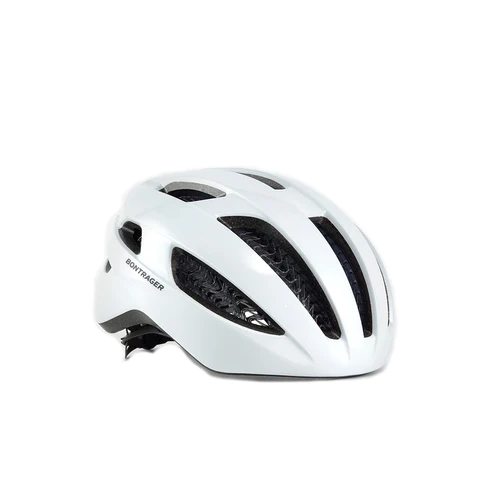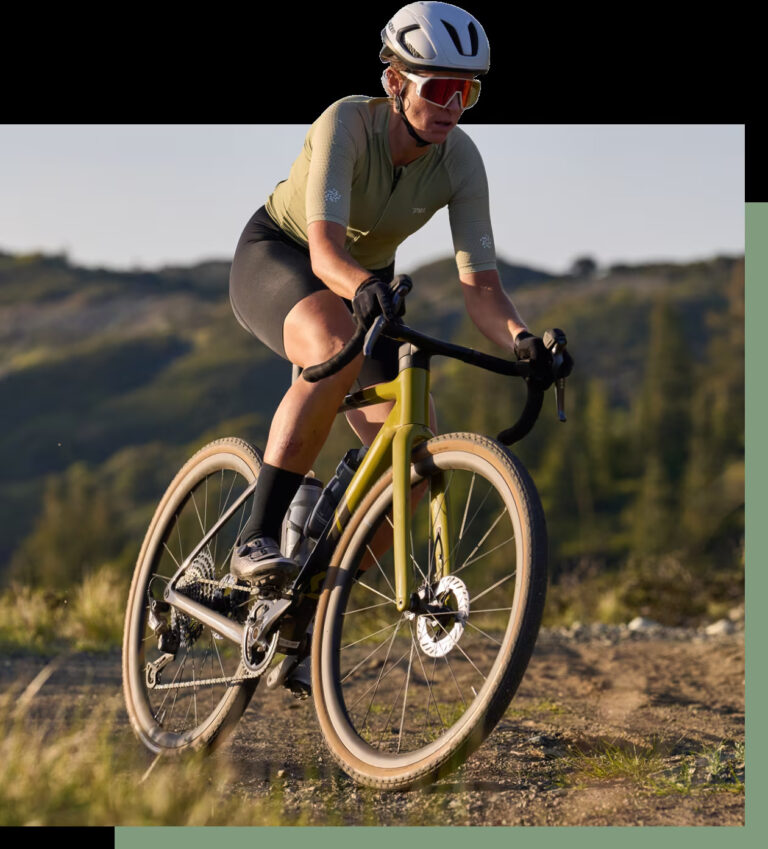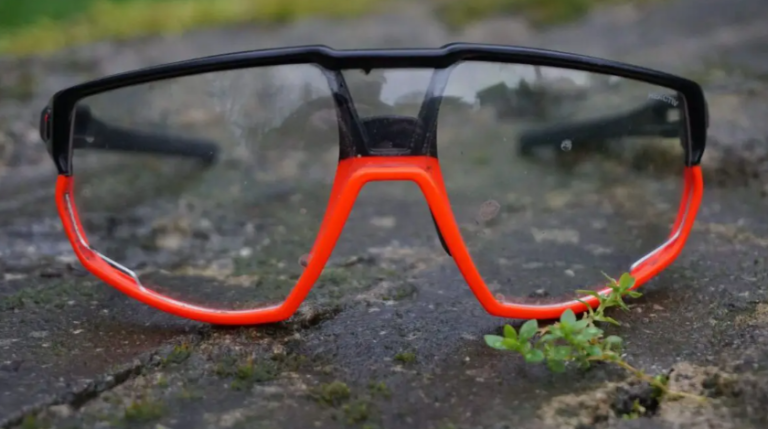Illuminating Safety: The How-To Adding Reflective Elements to Gravel Helmets

Key Point Summary of Adding Reflective Elements to Gravel Helmets:
- Importance of Visibility: Reflective elements enhance visibility, a crucial safety aspect in varied lighting conditions.
- DIY Reflective Customization: Simple ways to add reflective materials to your existing helmet.
- Choosing Reflective Helmets: Tips on selecting pre-made reflective gravel helmets for enhanced safety.
As a master cyclist with a wealth of experience in mountain, gravel, and cyclocross biking, I’ve learned that visibility is key to safety, especially when riding in low-light conditions. Reflective gravel helmets play a significant role in making cyclists visible to others. In this article, I’ll share insights and personal anecdotes suitable for cyclists with beginner to mid-level experience.
The Importance of Visibility
Reflective elements on a helmet can significantly enhance your visibility to motorists, pedestrians, and other cyclists. I remember a twilight ride where my reflective helmet caught the headlights of a car, alerting the driver to my presence. It was a small detail that potentially saved me from a dangerous situation.
A meta-analysis studying the impact of bicycle helmets on injuries provides significant insights into helmet effectiveness. This analysis, encompassing numerous studies, shows that wearing bicycle helmets substantially reduces the risk of various head injuries. Specifically, helmets decreased overall head injuries by 48%, serious head injuries by 60%, and traumatic brain injuries by 53%. These findings highlight the critical role of helmets in enhancing cyclist safety. While this study doesn’t specifically address the added benefits of reflective elements, it underscores the importance of helmets in protecting cyclists, suggesting that enhancements like reflective materials could further improve safety through increased visibility.
Source: https://pubmed.ncbi.nlm.nih.gov/29677686/
DIY Reflective Customization
You don’t always need to buy a new helmet to get the benefits of reflection. Adding reflective tape or stickers to your existing helmet can be an effective solution. I’ve customized my helmets over the years with reflective tapes that are both lightweight and durable. Ensure the tape’s adhesive is helmet-safe to avoid damaging the material.


Choosing Reflective Helmets
When purchasing a new helmet, consider models that come with built-in reflective elements. Brands are increasingly incorporating reflective materials directly into the helmet’s design, offering a seamless solution. For example, some helmets have reflective paints or coatings that are hardly noticeable in daylight but shine brightly in the dark.
The specific model of a helmet with built-in reflective elements can vary, as many brands now incorporate these features for enhanced safety. Helmets like the Lazer Century MIPS, Bontrager Starvos WaveCel, and Specialized S-Works Prevail II MIPS ANGi often include reflective paints or coatings. These materials are designed to be subtle in daylight but highly reflective in low-light conditions, providing a balance between aesthetics and safety. When shopping for a new helmet, it’s beneficial to check the product descriptions for mentions of reflective elements or materials.
FAQ
What bike helmet is best for visibility?
For the best bike helmets in terms of visibility, there are several models worth considering. The Thousand Chapter MIPS Helmet, Specialized Align II, and the Smith Maze Bike Helmet are notable options that offer a combination of safety features and visibility enhancements. These helmets are designed with reflective elements and colors that improve visibility, ensuring safety during rides, particularly in low-light conditions. Additionally, their designs include features like ventilation and comfort, making them suitable for various cycling activities
What color bike helmet is most visible?
The most visible bike helmet colors, especially in terms of safety, are fluorescent colors like bright yellow, neon green, or orange. These colors are highly visible in various lighting conditions, including low light or foggy environments, making them effective for increasing cyclist visibility to others on the road. Bright and fluorescent colors are more likely to catch the attention of drivers and pedestrians compared to darker colors, enhancing safety during rides.
How can I increase my helmet visibility?
To increase the visibility of your helmet, you can:
- Add Reflective Tape or Stickers: Apply reflective tape or stickers to your helmet. Choose bright colors and place them strategically to catch light from different angles.
- Use Helmet Covers: Opt for a high-visibility helmet cover, which can be especially useful in poor weather conditions.
- Attach Lights: Consider attaching small LED lights to your helmet. Some lights are specifically designed for helmets and can significantly improve visibility.
- Choose Bright Colors: If purchasing a new helmet, select one in a bright or fluorescent color, as these are more visible than darker shades.
- Reflective Decals and Paint: Some companies offer reflective decals or paint that can be applied to helmets for added visibility.
These steps can help make you more visible to others, especially in low-light conditions, enhancing your safety while cycling.
Final Thoughts
Whether you choose to add reflective elements to your existing helmet or opt for a pre-made reflective gravel helmet, the key is to enhance your visibility. This simple step can greatly increase your safety on the road, especially during those dawn, dusk, or nighttime adventures.
Every little bit helps in making you more visible and keeping you safe on your rides.
John






